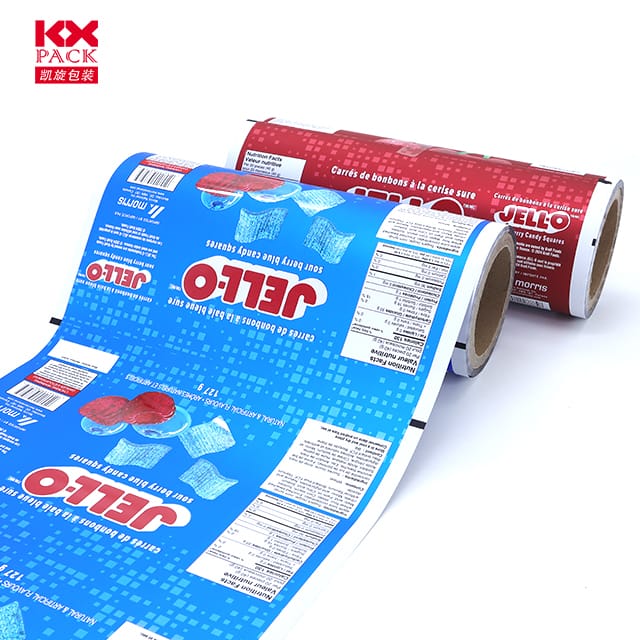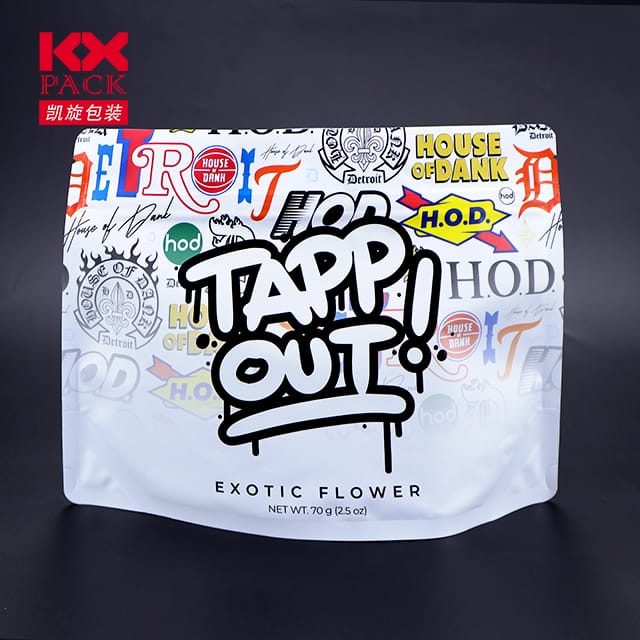Le lumanaʻi o meaʻai faʻasaoina: O le a le fetuʻutuʻunaʻi meaʻai afifi ata o loʻo suia le alamanuia
Flexible Food Packaging Films
I se vaitaimi e gafataulimaina, Saogalemu Mea, ma le faigofie e sili ona taua, Flexible Food Packaging Films have emerged as a game-changer for the global food and beverage industry. O nei malamalama, O mea e fetuutuunai o le toe faʻaleleia o mea e puipuia ai oloa, avatu, ma puipui-mai faatoaga i le laulau. Let’s explore the innovations driving this trend and why they’re critical for modern consumers and manufacturers.
Why Flexible Food Packaging Films? The Core Advantages
- Barrier puipuiga, Fa'ateleina le Ola Fa'asa
Flexible Food Packaging Films are engineered with multi-layer structures that create impermeable barriers against oxygen, susu, malamalama, ma tagata vaivai. Faataitaiga, PVDC-coated films pe metallized PET layers can reduce oxygen transmission by up to 99%, preserving freshness and flavor in snacks, meats, and dairy. Studies suggest that advanced packaging could cut global food waste by 30% by 2030—a critical step toward sustainability. - Lightweight and Eco-Friendly
Compared to rigid packaging (E.g., glass jars or metal cans), Flexible Food Packaging Films faʻaaoga 70% less material by weight, lowering transportation emissions and storage costs. Fou pei o biodegradable PLA films ma recyclable PE/PP blends are further reducing plastic’s environmental footprint, aligning with global zero-waste goals. - Customization and Versatility
Mai taga tutu for pet food to retort-ready bags mo le saunia-i-'ai taumafataga, flexible films adapt to any product shape or size. Brands can leverage Digital Lolomiina for vibrant, on-demand packaging designs, enhancing shelf appeal and brand storytelling.
Key Innovations Shaping the Market
- Smart Films for Enhanced Safety
Onapo nei Flexible Food Packaging Films incorporates anti-fog coatings (for clear visibility in refrigerated sections), self-venting technologies (for microwave-safe meals), ma UV-blocking layers (to protect light-sensitive products like oils or supplements). O lesi foi mea, Bopp ata with low seal initiation temperatures (SIT) boost production efficiency by 20% for snack manufacturers. - Sustainability-Driven Materials
The market is shifting toward O ata faʻapipiʻi (E.g., corn-starch-based PLA) ma Post-Cunfumer Recycled (PCR) anotusi. Kamupani pei Glenroy ma Winpak are pioneering Mono-mea fausaga (E.g., Uma-Pousches) to simplify recycling. E 2028, the global flexible packaging market is projected to reach $341.6 piliona, fueled by eco-conscious demand. - Advanced Adhesives and Sealing
New solvent-free laminations ma high-performance sealants ensure leak-proof packaging even for liquid products like soups or sauces. These innovations also reduce production waste and energy use.
Talosaga i luga o malae
- Oloa Fou: Breathable films with modified atmosphere packaging (Faafanua) extend the shelf life of berries and leafy greens by 2–3 times.
- Ready-to-Eat Meals: Retort pouches withstand high-temperature sterilization, eliminating preservatives while maintaining texture and taste.
- Faisalao: Child-resistant, moisture-barrier films ensure safe storage of pills and supplements.
- Cosmetics: Flexible tubes and sachets offer precise dispensing and protection from contamination.
O le auala i luma: Trends for 2025 ma i tua atu
- Cindur tamaoaiga tuufaatasi
O ituaiga o le vaetamaina closed-loop systems, where used packaging is collected, toe totogi, and repurposed into new films. Partnerships between manufacturers and recycling firms will be key to scaling this model. - Galue malosi ma atamai
Imagine films that change color when food spoils or release natural preservatives over time. Early prototypes using fa'ailoga taimi-vevela (TTIs) ma oxygen scavengers are already in testing. - Tulafono faatonutonu
As governments tighten rules on single-use plastics, flexible films must meet FDA and EU food-contact standards while minimizing chemical migration. Transparent supply chains and material traceability will become non-negotiable.
Fa'ai'uga: O se malologa fetuutuunai
Flexible food packaging films are no longer just a cost-effective alternative—they’re a strategic imperative for brands aiming to thrive in a competitive, sustainability-focused market. By combining cutting-edge materials with smart design, these solutions address today’s challenges while paving the way for a safer, greener tomorrow.
Ready to upgrade your packaging strategy? Explore how flexible films can transform your product’s performance, gafataulimaina, and consumer appeal. The future of food preservation is flexible—and it’s here to stay. 🌱✨
Mau faasino: Flexible Packaging Association, Global Market Insights, Pennpac, TedPack







